For journalists and the West, Palestinian "reality" is nothing but resistance and oppression. Those trying to live normal lives are ignored.
Journalists, activists, internationals and academics have crafted a neo-Orientalist image of Palestinians as romantic “natives” that is at odds with reality • Real Palestinians, most of whom just want to live and enjoy life, are often forced to portray themselves as primitive and poor natives for the adoring Western crowd, rather than as normal people in an increasingly modern society, albeit one in a complex political situation • When humanism ignores the actual human beings
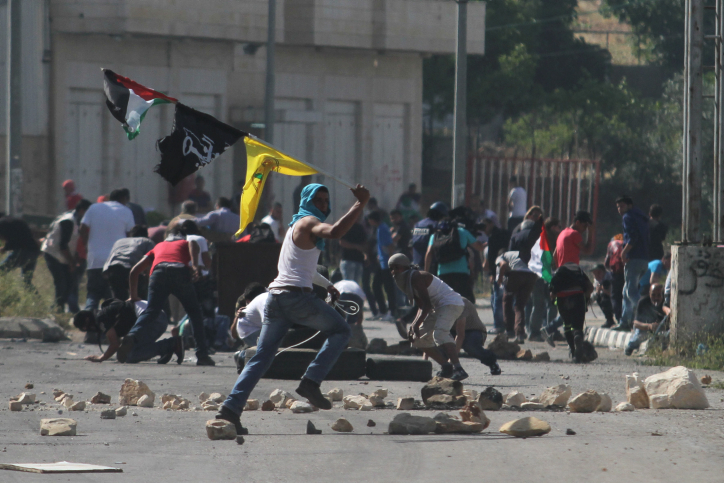
ON Friday May 16, Israeli journalist Avi Issacharoff was attacked by Palestinians near Beitunia. In an article about the event he declared that he would not “stop doing my job.” He claimed that “my journalist mission must continue, in order to inform the Israeli and international public about Palestinian reality…that’s my obligation, and that of my colleagues. If we don’t do it, Israel’s capacity to ignore what goes on in the territories will only deepen, until there is violence of a whole different order.”
His juxtaposition of the Israeli public, his job, mission and his colleagues alongside this clichéd Palestinian “reality” is symbolic of a larger trend: The presentation of Palestinian society as a romantic, orientalist fetish of suffering; a subordinate society wherein the mission of the outsider is to craft its narrative. It is a sort of White Man’s Burden in reverse; rather than bringing civilization to the “noble savages”, the suffering of them is being beamed back so as to "civilize" the viewer.
(First) Looks can be deceiving
This one dimensional portrayal is on display in a variety of forms. Consider Rabbi Yehoshua Looks, the ‘Jewish World blogger’ at Haaretz, who wrote a “Jewish response to Israeli checkpoints" in early April. In it he describes “Sami Bahour”, a Palestinian he met on an ‘Encounter’ trip to Bethlehem. Supposedly Bahour was born in Ohio to a Palestinian father and Lebanese-American mother. He obtained an MBA at Tel Aviv University.
Looks claims that “since moving back to his ancestral home,” his ability to enter Israel for business has become curtailed. Yet through the ‘Campaign for the Right to Enter,’ he was granted permanent residency to remain in the Palestinian territories. According to Looks “Bahour told us he has diabetes, the side effects of which make waiting in line for up to several hours under cramped conditions particularly uncomfortable.” Looks asks “where does reasonable security end and the degree to which we can restrict the movement of another people begin?”
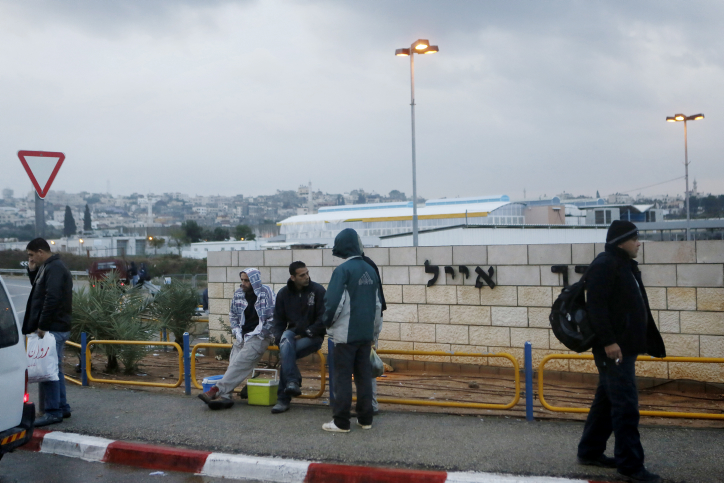
The Looks paradigm suggests that Palestinians must have “freedom of movement” which Bahour is supposedly denied. What isn’t explained is why Bahour, who lives in al-Bireh near Ramallah, purposely schedules his diabetes treatments in Israel rather than the Palestinian Authority? More importantly, why does he choose to cross the checkpoint on foot? I’ve crossed Kalandia checkpoint many times on foot and in a car, and if I was a prosperous businessman like Bahour implies he is, I would take a car with Israeli plates, just like many other Palestinian Ramallah residents.
Bahour complained that his lack of “freedom of movement” was preventing him from visiting his alma mater, Tel Aviv University. But if the assumption is that the Palestine Authority is moving towards being an independent state, then why does one expect they can travel freely to Tel Aviv from Ramallah to visit a university? If there was a real border, as with Egypt or Jordan, one would expect to get the necessary permits and wait in line to go back and forth to Cairo University, for example.
A Safari of Exotic Oppressed People
The line that runs from Issacharoff to Looks is one that threads itself through a Palestinian “reality” that is presented as childish, simplistic, and inevitably in a state of being “the Wretched of the Earth”, as Franz Fannon called the colonized of North Africa. Then Doctoral student Rene Gonzalez wrote in 2004 at countercurrents.org that the lynching of Americans in Fallujah was part of the “mentality of the colonized.” The notion was that since the US was a “colonizer”, the reaction of the “colonized” was understandable. This was in line with the thinking of the 1950s and 60s, when such luminary works as Colonizer and the Colonized by Albert Memmi, a Tunisian Jew, had attempted to examine the power-relationships between Europe and its colonies.
But shouldn’t we have moved on from these dichotomies? Apparently not. In fact what takes place in the way that Palestinian life is communicated to the Israeli and international public re-plays this unfortunate history. Others have this connection of the “romantisation” inherent here. Even in the 1998 film The Siege, Elise Kraft, played by Annette Bening, is a CIA agent who once dated a Palestinian and claims “they seduce you with their suffering.” The same is depicted in the 1983 masterpiece Little Drummer Girl by John Le Carre adapted to film in 1984. In the film Diane Keaton, playing Charlie, is a woman enthralled by the Palestinian “armed struggle”, but who is lured to work for the Mossad.
Modern day Charlies and Elise Krafts seek to colonize Palestinians in order to transmit their seduction to us. This is the Palestinian “reality” we are supposed to be exposed to. A New York Times piece on August 5 claimed Palestinians “throw stones because there is little else to do in Beit Ommar – no pool or cinema, no music lessons after school, no part-time jobs other than peddling produce along the road.”
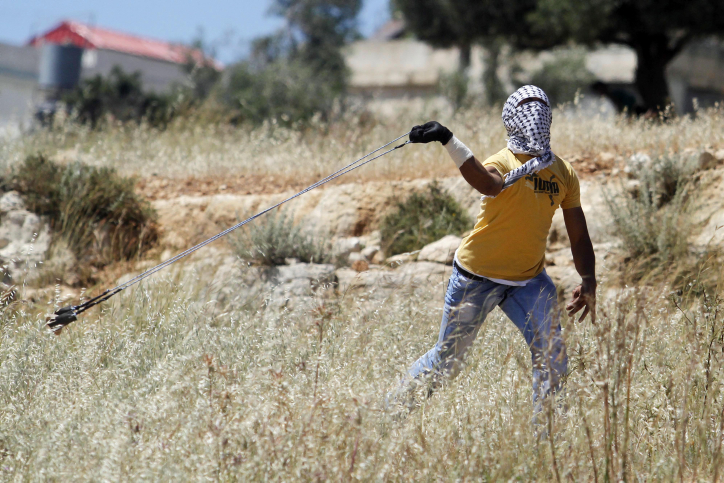
This is absolute nonsense; and worse, it isn’t that the ‘Times’ quoted a Palestinian claiming this, their reporter wrote this, making it “fact.” But of course there is much to do in Beit Ommar. I know a teacher from there. Yes, there are no pools or a cinema or music lessons. Probably six billion people in the world live in places where there are no pools, cinemas or music lessons readily available. But they don’t all throw stones. And furthermore, not everyone in Beit Ommar throws stones. But the NYT turns this village into a one-dimensional caricature. It robs the residents of their humanity. It doesn’t ask what percent of people in the village “peddle produce along the road”; probably less than one percent rely on this for their income. But who knows if the reporter even went to the village, or just drove around it in an armored plated (and rock throwing protected) SUV?
An interesting project that could have combatted these stereotypes was launched by Tanya Habjouqa, a Jordanian photographer. In ‘Palestinian Pleasures’ James Estrin writes that “since the mid-1980s, the visual narrative of Palestinians in the West Bank and Gaza has been predictable: photographs of stone-throwing teenagers confronting Israeli soldiers…long lines at border crossing points…” But even this ostensibly “different” photo essay was full of clichés, “Palestinian parkour” boys playing on a bullet riddled wall of a checkpoint; a Gazan woman in a tunnel, a woman throwing a javelin with the “separation barrier” in the background, a man and his daughters “taking a break beside the ruins of his home” in East Jerusalem and the prerequisite: a shot of the famous graffiti of Marwan Barghouti at Kalandia that has become a veritable symbol of Palestinianism.
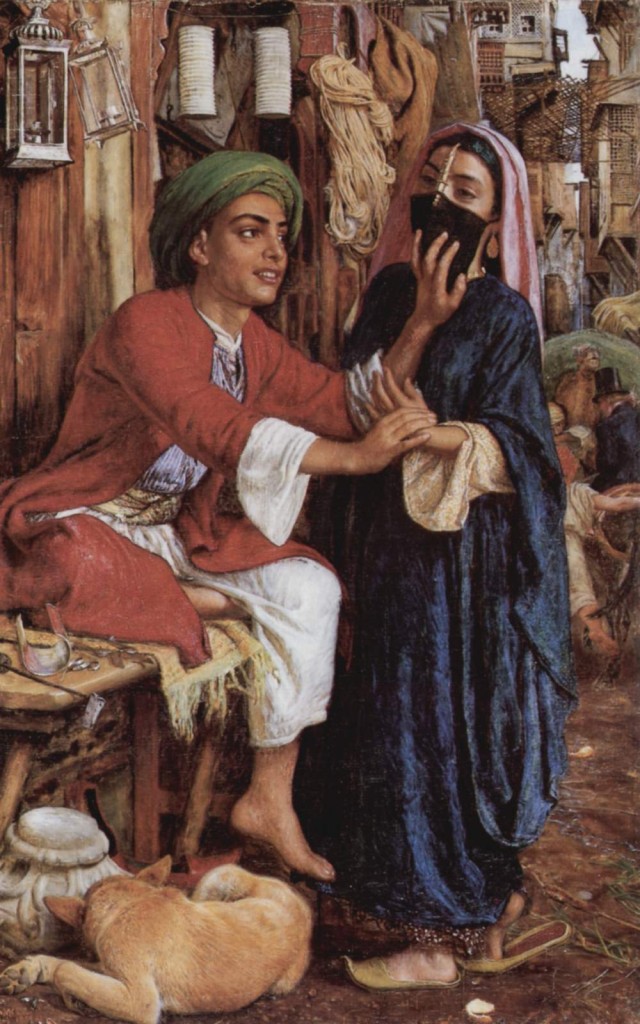
Some of the elements in the photo are placed to perfection; the Palestinian flag that just happens to flutter in the background of the “destroyed home”; or how the javelin throwers just happen to be placed next to the Wall. I’ve been to that field next to Al-Quds University that they supposedly practice on and never seen javelin being thrown there. But even if they do practice there regularly; the camerawoman purposely placed the wall behind them so that it “sells” Palestine.
Doomed to forever be primitive and 'exploited'
What is the difference between these elements and the one’s found in David Robert’s famous sketchings of Palestine in the 19th century? There was often a nice old Roman pillar sunk into the mud somewhere. Why? Did the pillar tell us the land was desolate; ruined, barren? Roberts was borrowing from similar paintings of Rome and parts of Europe at the time that also showed these elements of the classical period. But as with Orientalist motifs; these motifs are not only unoriginal but they send a message of a specific reality.
The new-Orientalism of depicting Palestinian “reality” relies on these elements and on a notion that has been developed by some Israeli scholars that present Israel as an “ethnocratic colonial settler state.” As Oren Yiftachel at Ben-Gurion University of the Negev has argued, Israel should be compared to “settler states” such as Canada or Australia. The Jews are the “whites” and the Arabs are the “indigenous natives.” This seems like a convenient thesis for an anti-Zionist; make Israel into a racist South-African like bogeyman of white nationalism and the Palestinians will win the debate.
But in the concept of Israel as “like Australia”, and the object of Manifest Destiny as in the US, the Palestinian “indigenous” don’t win anything, they remain a permanently-subordinate group always in need of being “preserved” in a sort of ethnic museum with their “mentality of the colonized” mentioned above. The concept of indigenous people and white settler states relates to states where the Europeans became the mass majority and the “natives” became a tiny group, shunted off to reservations. Do those who present Palestinians (including Arabs in Israel who Yiftachel focuses his study on) as “indigenous” envision them as equals, with equal rights either in an Israeli state or a Palestinian one?
The Palestinians are not equals because they are not imagined as equals through the lens of those who present it as a mission to tell their “reality.” So what we see is a truncated Palestinian reality; one that emphasizes the romance of suffering, the Orientalism of stone-throwing, without often touching real life.
Plenty of normal life, too
What about the non-sufferers? At the recent Palestine Fashion Week in Ramallah there was no evidence of suffering. There were designers and hair stylists and wedding dresses and a crowd of several hundred at the Movinpick, enjoying a wonderful evening. There were no Europeans or EU funders or journalists or academics and activists to “tell the story” to us.
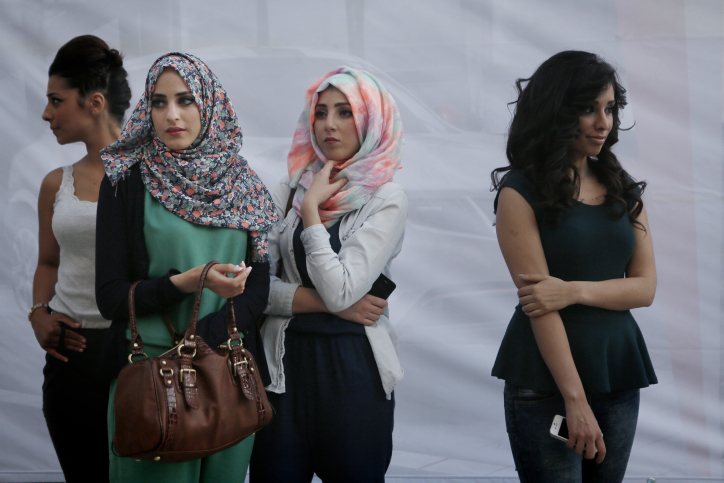
Because this was not the right kind of event. Another event by “Palestinian artists from Gaza” the next weekend, supported by an organization that also includes Israelis, was more interesting, because it was about the “struggle” of Gazan artists. Palestine Fashion Week may not be representative of average society either, of course. But it is more representative than every picture of a Palestinian family “living in a cave” or “living in tents next to their demolished house.”
To illustrate this last point consider the story that made rounds on May 10, in Al-Jazeera Ala Qandil claimed “Palestinians revive earthen architecture” because they are “seeking ways to make rebuilding homes demolished by Israel less costly.” Haaretz had another twist on it on May 11, “facing concrete shortages price hikes as well as demolitions, Palestinian turn to traditional method of rebuilding homes.”
But the articles were a charade, as both claimed that the initiative was a brainchild of UNRWA which had built 120 homes in Gaza and that ARCO, an “Italian architects’ cooperative” working in the West Bank had “designed and oversaw the building and renovation of schools using bamboo and mud in two Palestinian-Bedouin communities under constant threat of demolition.”
It turns out Palestinians are not reviving mud architecture, Europeans decided that Palestinian Bedouin should be using mud to build with. It began in Khan Al-Ahmar in 2009 when UNRWA and some Italian architects decided to build a school with rubber tires for some Bedouin. It is part of the European view of Palestinians as natives who want to “live in the mud.” No Palestinian wants a mud-house. But the narrative of “Palestinians revive ancient architecture because of shortages and demolitions” reads well and presents a narrative of poverty and suffering.
The public needs to demand that the media stop this charade; stop inventing stories about mud-houses and the “reality” and treat Palestinians as equals, as people, not as “natives.” The mission civilsatrice should have ended in the 1960s. The reliance on “native informers” like Bahour and the need for them to be crafted into a lens through which a story that is unchallenged is told, doesn’t bring “justice” to the Palestinians, it creates a permanent-subordinate role for them; one where they inhabit mud huts, rather than the stone-and-concrete built diversity of homes that they really live in.
To receive updates on new articles in English, join Mida on Facebook or Twitter or join our mailing list.





White and Secular Ashkenazi media elites present Arabs are moral mannequins, incapable of any ethical choice other than uprising, not feeling any emotion other than outrage. The Liberal establishment robs Arabs of their humanity by denying their moral agency and responsibility for both their lot in life and their actions.
And they call Sephardim and religious Jews racists. Talk about Orwell.
It's all about the narrative whose goal is the destruction of Israel. The public isn't going to demand anything. They're more interested in who won Eurovision or American Idol. Change the narrative and the sheeple will follow.
I just returned a week and a half ago from a two-and-a-half-week trip to Israel. While there, I visited Hebron and Bethlehem (including the Dheisheh Palestinian Refugee Camp), and I spent two days in Ramallah and three days in Gaza… And, I just want to say, this is perhaps the best article I've ever read on true condition of the Palestinians and the REAL situation in the Palestinian Territories. Very well done! But fat chance getting the mainstream media – not to mention the U.S. State Department, the E.U., and the U.N. (especially UNRWA) – to go along with your endeavor to tell the real story. The "Noble Palestinian" genre comprises a multi-billion dollar industry, and too many people – including and especially the Palestinians themselves – are benefiting for it to just fade away. Classic welfare paradox…
שלמות כל יצור כפרט איננו אפשר, ובכן כל אדם מתואר כפי השקפתו של היוצר הכותב את המתואר.